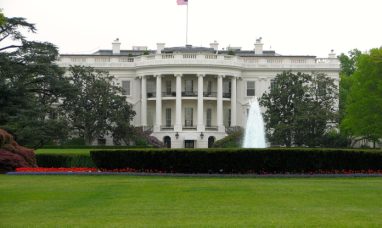The June jobs report is set to confirm that the US labor market is continuing its trend of slowing down, albeit gradually. The monthly report from the Bureau of Labor Statistics, due at 8:30 a.m. ET on Friday, is anticipated to show nonfarm payrolls rising by 190,000 in June while the unemployment rate remains steady at 4%, according to Bloomberg consensus estimates.
In May, the US economy added 272,000 jobs, with the unemployment rate unexpectedly rising to 4%. Key numbers Wall Street will be monitoring compared to the previous month, per Bloomberg data, include:
- Nonfarm payrolls: +190,000 vs. +272,000 previously
- Unemployment rate: 4% vs. 4% previously
- Average hourly earnings, month over month: +0.3% vs. +0.4% previously
- Average hourly earnings, year over year: +3.9% vs. +4.1% previously
- Average weekly hours worked: 34.3 vs. 34.3 previously
Key Question: Normalization or Slowdown?
The central question in Friday’s report and for the remainder of 2024 is whether the slowing job growth signifies a normalization of the labor market or the early stages of a broader economic slowdown. Economists currently lean towards the latter.
Michael Gapen, a US economist at Bank of America, noted in a weekly research note that the report is likely to show a labor market that is “cooling but not cool.”
Market Reactions and Interest Rate Outlook
This report comes as the stock market trades at record highs amid softer-than-expected economic data, including inflation readings suggesting the US is moving back toward a “disinflationary path,” according to Federal Reserve Chair Jerome Powell.
Investors are currently pricing in two interest rate cuts this year, with the first expected in September. According to the CME FedWatch Tool, there is a nearly 73% chance of a rate cut in September, with Fed forecasts from last month suggesting one rate cut may be appropriate this year.
Labor Market Data Points
Recent labor market data indicates signs of a slowdown. The ADP Research Institute’s National Employment Report showed 150,000 jobs added to the private sector in June, down from 157,000 in May. Additionally, the Department of Labor reported nearly 1.86 million continuing unemployment claims for the week ending June 29, up from 1.83 million the previous week, marking the ninth consecutive week of rising claims.
Wells Fargo senior economist Sarah House expressed concern that the labor market’s continued deceleration could result in a weaker landing point than the pre-pandemic economy. “Given the cooling evident over the past year in the labor market, we see further labor market weakening as becoming more worrisome and less welcomed by the Fed,” House wrote in a client note.
Signs of Resilience
Despite these concerns, some data points reflect resilience in the labor market. The Bureau of Labor Statistics reported 8.14 million job openings at the end of May, up from 7.92 million in April. The Job Openings and Labor Turnover Survey (JOLTS) showed the quits rate, a measure of worker confidence, held steady at 2.2%, near pre-pandemic levels. The ratio of job openings to unemployed workers also remained at 1.2, close to its 2019 average.
House noted that May’s JOLTS report indicated a labor market that “looks like its pre-pandemic self,” moving toward normalization at a cautious pace.
Fed’s Perspective
Federal Reserve Chair Jerome Powell emphasized that the labor market is cooling at a pace that the central bank finds acceptable. During a European Central Bank conference, Powell stated that the labor market data is “kind of what we were hoping to see, and what we have been seeing,” indicating a steady and manageable slowdown.
Featured Image: Freepik









